Aquascaping has undergone transformations into several distinct styles. Each style possesses its own distinct features and traits, providing boundless opportunities for imaginative expression. Let’s delve into the eight prevalent styles of aquascaping.
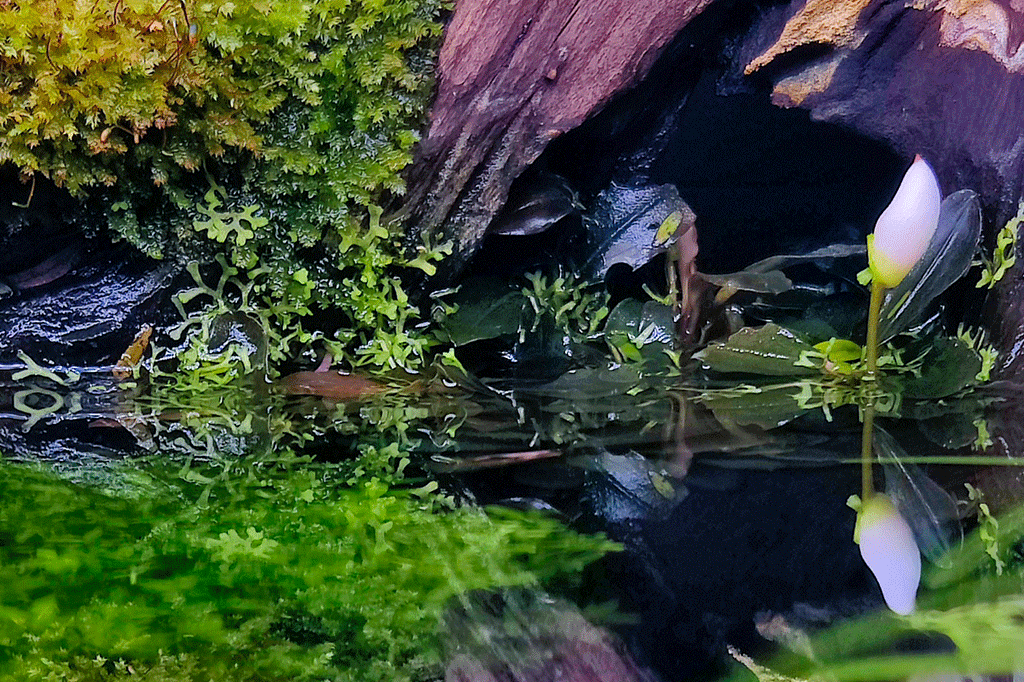
This is part 2 of the ‘Different Scaping Styles’ series. Check out the other parts here:
Jungle Style
The Jungle style of aquascaping represents a homage to the luxuriant and untamed aesthetics of tropical rainforests. This particular style is characterized by an intentional focus on cultivating a dense plant canopy, meticulously designed to replicate the captivating ambiance of a thriving jungle ecosystem. In the pursuit of this dynamic and captivating aquascaping approach, the primary objective is not only the cultivation of aquatic plants but the crafting of a verdant masterpiece that mirrors the chaotic yet harmonious nature of a tropical jungle.
Central to the Jungle style is the purposeful cultivation of a dense plant cover, aiming to emulate the visual opulence observed in natural tropical rainforests. Diverging from other aquascaping styles that may emphasize open spaces or meticulously arranged layouts, the Jungle style embraces a seemingly ‘overgrown’ appearance. This intentional design choice seeks to mimic the spontaneous growth patterns found in nature, where plants sprawl in every direction, engaging in a competition for sunlight and space.
This approach allows aquarists to experiment with a diverse array of plant species, each contributing to the overall ‘jungle’ aesthetic. From carpeting plants at the substrate level to towering stems reaching towards the water’s surface, the Jungle style fosters a sense of organic chaos that is both visually striking and biologically diverse.
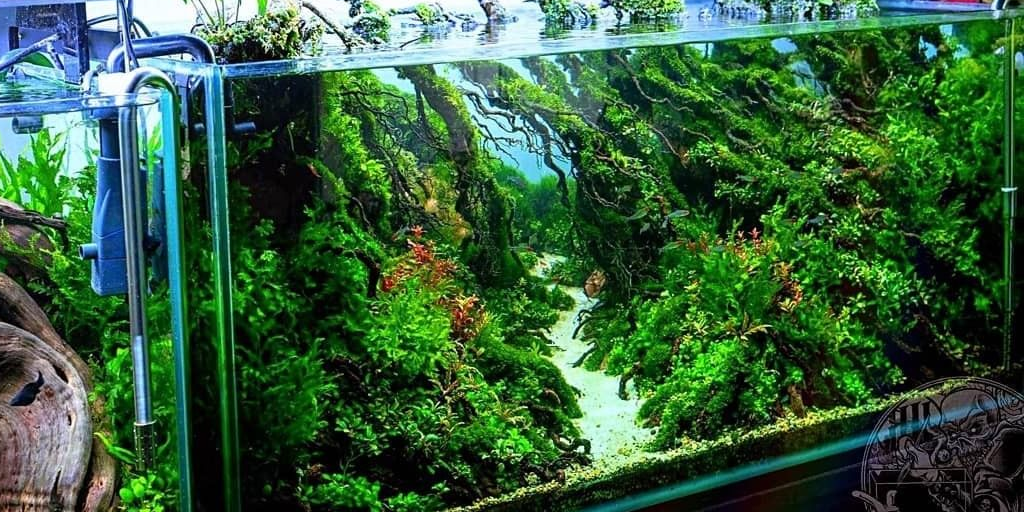
Nature Aquarium
Conceived by the Takashi Amano, the Nature Aquarium style transcends the traditional boundaries of aquascaping by placing a paramount emphasis on the flourishing vitality of aquatic plants. In this aesthetically driven approach, the primary objective is not merely to cultivate plants but to curate a vibrant and thriving ecosystem within the confines of an aquarium. The overarching goal of the Nature Aquarium style is to craft a landscape that embodies harmony, balance, and a symbiotic coexistence between flora and aquatic life.
At the heart of this style lies a meticulous dedication to plant growth and health. Amano’s vision extends beyond the mere visual appeal, emphasizing the biological well-being of each plant species as an integral component of the overall composition. By prioritizing the flourishing conditions of aquatic plants, the Nature Aquarium style not only produces visually stunning aquascapes but also fosters a habitat conducive to the well-being of the aquatic inhabitants.
A distinguishing feature of the Nature Aquarium style is the inclusion of carefully selected hardscape materials. Rocks and driftwood, chosen with precision, become integral elements in the overall composition. These hardscape materials not only provide structural support but also contribute to the visual storytelling within the aquarium. Their placement is deliberate, adding a sense of natural authenticity and enhancing the overall aesthetic cohesion.
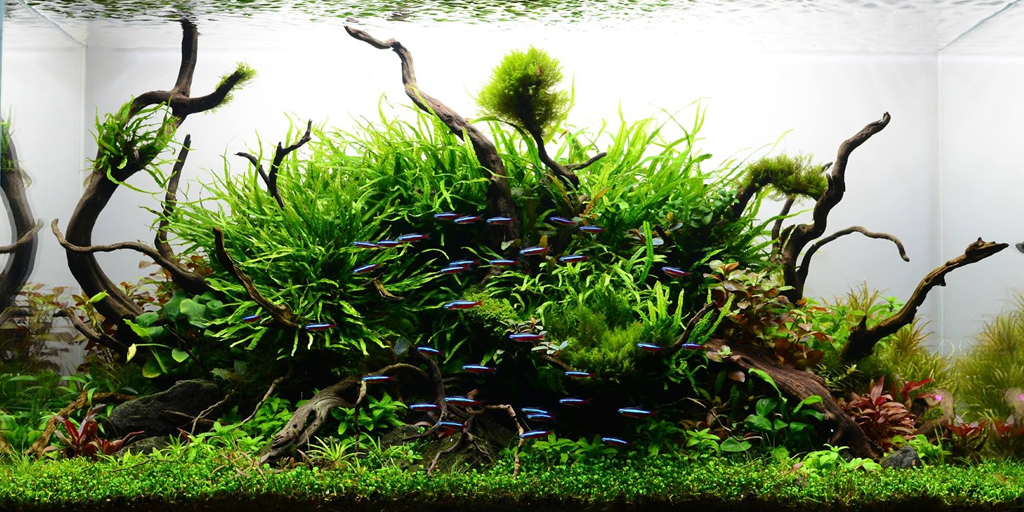
The Walstad Method
The Walstad Method, coined in honor of Diana Walstad, represents a distinctive methodology in the realm of aquascaping, placing a strong emphasis on the utilization of organic soil substrates. This approach stands out for its commitment to fostering natural processes within the aquarium environment, with a particular focus on leveraging the inherent mechanisms of the nitrogen cycle to sustain and promote overall aquatic health.
At the core of the Walstad Method is the utilization of organic soil as a foundational substrate. Unlike more conventional setups that rely on inert materials, the introduction of organic soil provides a rich source of nutrients for aquatic plants. This method seeks to mimic the processes found in natural ecosystems, where organic matter decomposes and releases essential nutrients, fostering a self-sustaining environment conducive to plant growth.
This approach not only promotes a thriving aquatic environment but also introduces an element of simplicity and sustainability into aquascaping. The Walstad Method stands as a testament to the interconnectedness of natural processes, where the synergy between soil, plants, and the nitrogen cycle creates a delicate yet resilient ecosystem within the confines of the aquarium.
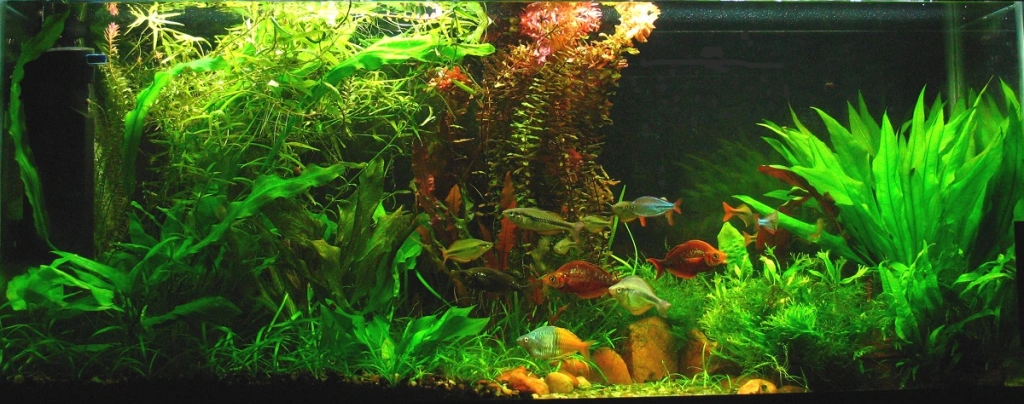
Ryoboku
The Ryoboku style, alternatively known as the Driftwood style, presents a distinctive and captivating approach to aquascaping, placing wood at the forefront as the primary hardscape material. The term “Ryoboku,” rooted in Japanese, translates to “driftwood,” encapsulating the essence of this style that draws inspiration from the intricate beauty of natural wood formations.
In the realm of Ryoboku aquascapes, driftwood assumes a central role, shaping a dynamic and authentic underwater landscape. The design principles share similarities with the Iwagumi style, featuring a uniform arrangement of wood pieces and a consistent selection of wood types. However, what sets the Ryoboku style apart is its distinctive use of overhanging wood, conjuring images of lush, overgrown caves and the serenity of decaying trees.
Versatility is a hallmark of the Ryoboku style, accommodating a spectrum of aquarium sizes and shapes. Whether in a compact tank or a more expansive aquatic setting, this style allows aquarists to bring a touch of the natural world into their underwater realms. As a result, it stands as an excellent choice for those seeking to craft a captivating, naturalistic underwater habitat that mirrors the beauty and serenity found in nature.
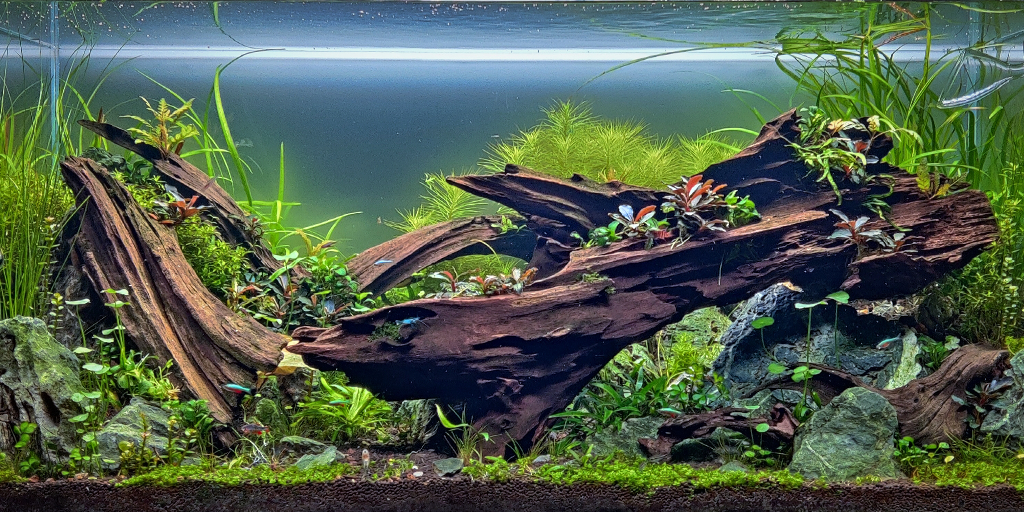
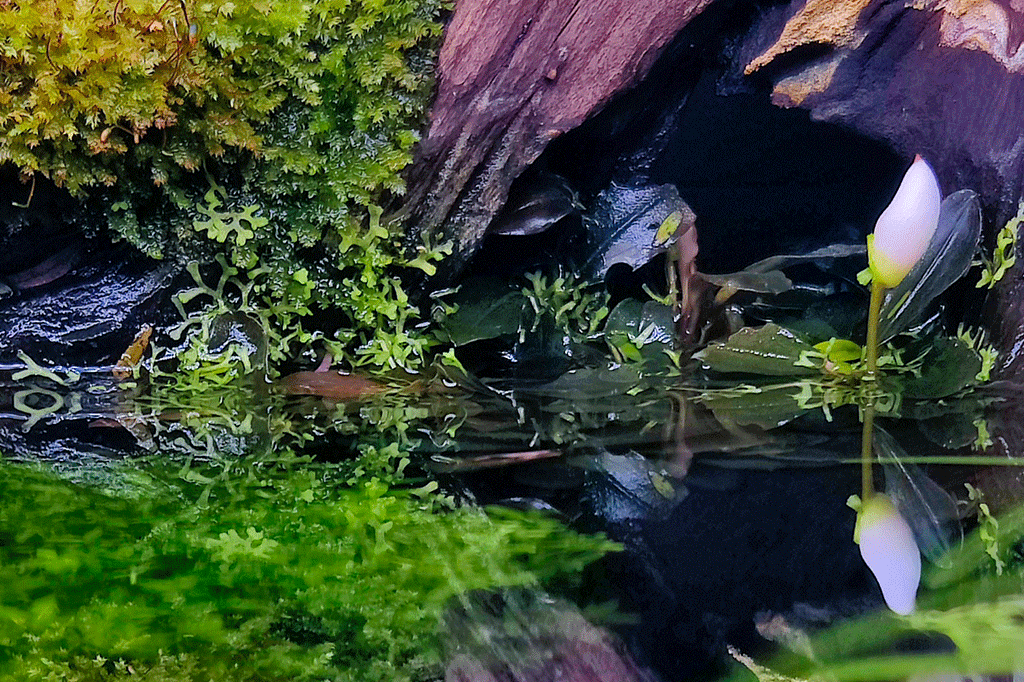
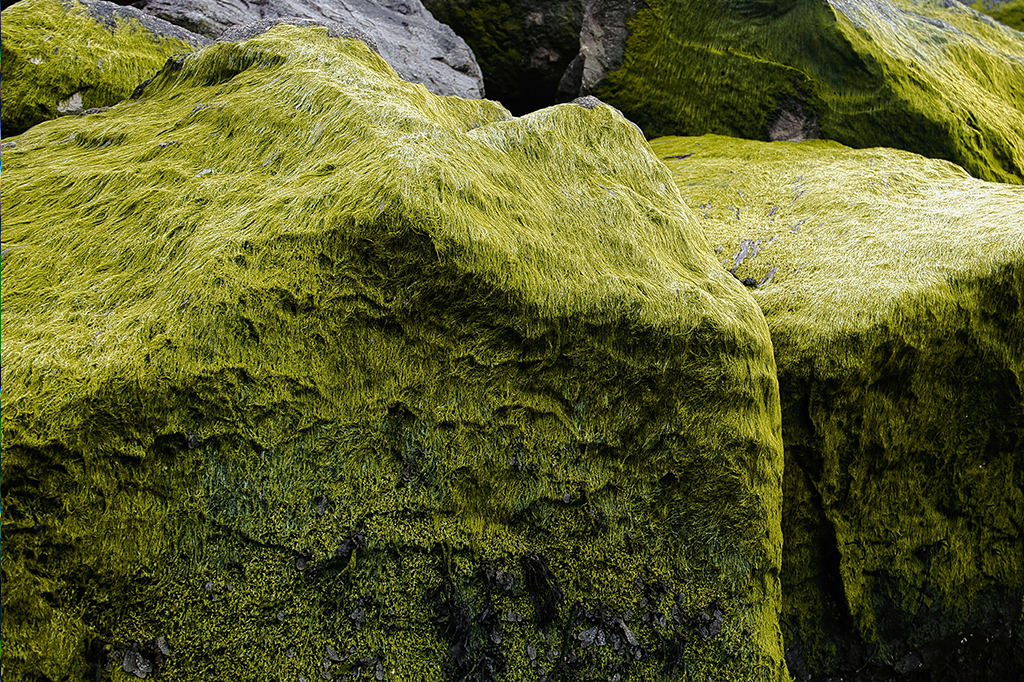


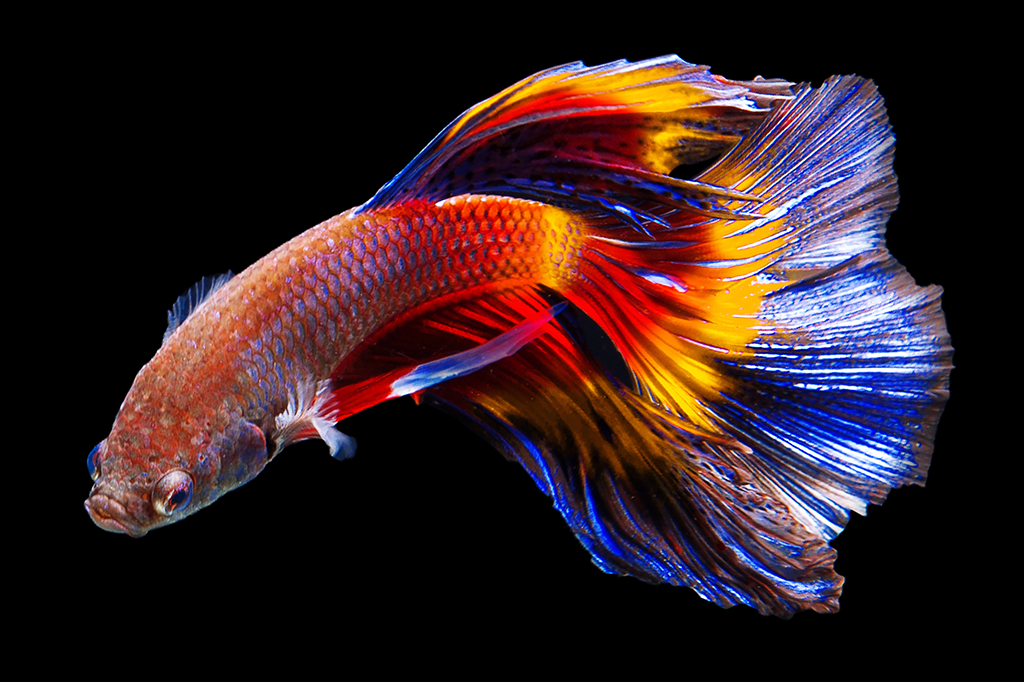
Leave a Reply